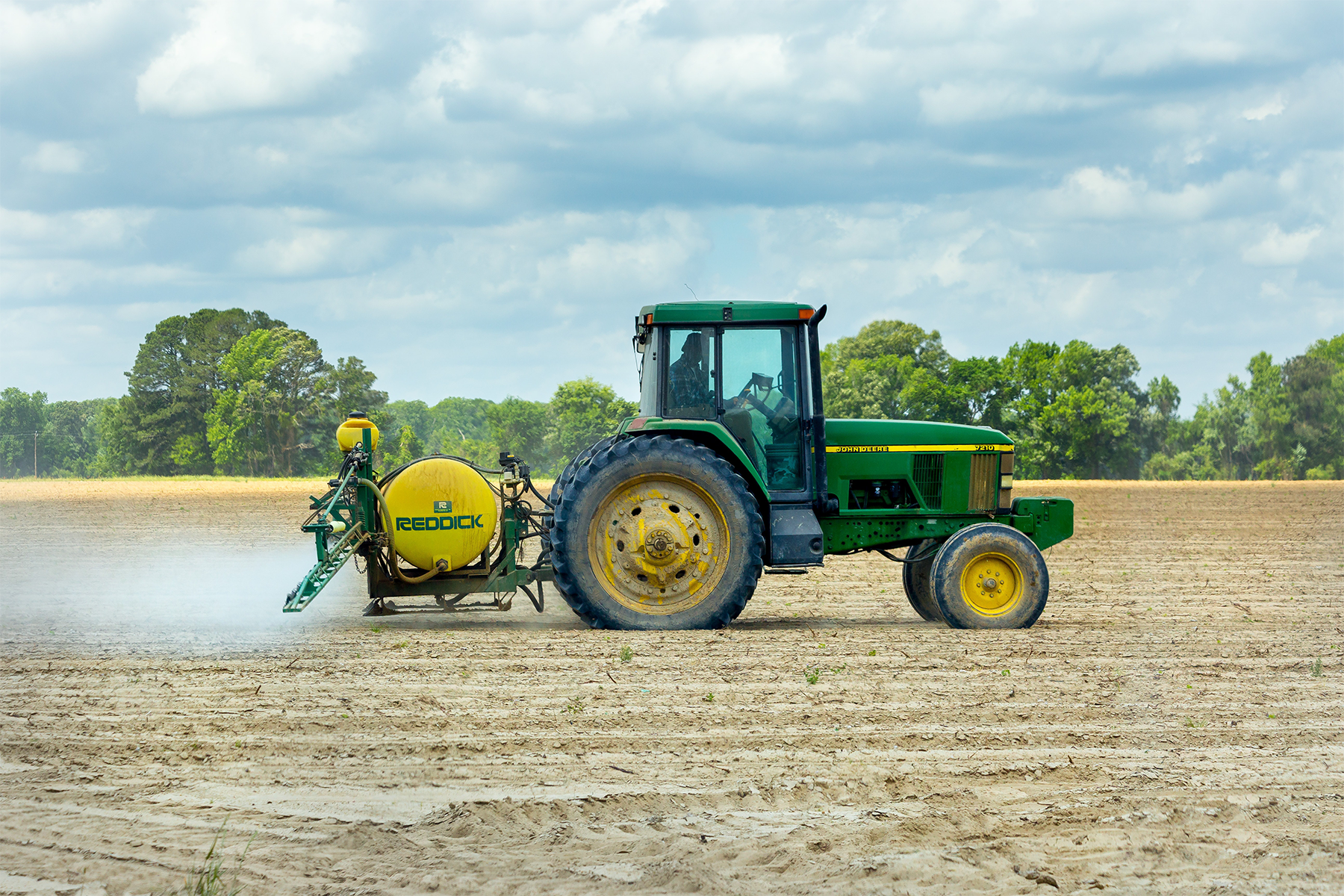Commercial agriculture plays a crucial role in meeting the world’s growing food demands and boosting economic development. To ensure the success and sustainability of agricultural ventures, farmers and agribusinesses often require substantial financial support. Commercial agriculture financing, a specialized form of funding, emerges as a pivotal factor in supporting agricultural enterprises. This article explores the importance of commercial agriculture financing, its key components, challenges, and potential solutions to foster agricultural growth.
Understanding Commercial Agriculture Financing
Commercial agriculture financing refers to the process of providing financial resources and services to farmers, agribusinesses, and agricultural projects. These financial instruments aim to bridge the funding gaps and support the entire agricultural value chain, from production and processing to distribution and marketing. Various financial institutions, including banks, specialized agricultural lenders, and government agencies, offer a range of financing options tailored to the specific needs of the agriculture sector.
Key Components of Commercial Agriculture Financing
Agricultural Loans: One of the primary tools in commercial agriculture financing is agricultural loans. These loans can be used to purchase seeds, fertilizers, equipment, and other essential inputs required for farming. Additionally, agricultural loans may also cater to long-term investments in land acquisition and infrastructure development.
Working Capital Financing: To ensure smooth agricultural operations, farmers often require working capital financing. This type of funding helps cover day-to-day operational expenses, such as labor costs, maintenance, and transportation.
Agricultural Insurance: Commercial agriculture financing also includes insurance products designed to safeguard farmers from unforeseen events, such as crop failure due to natural disasters or disease outbreaks. Insurance helps mitigate risks and provides financial protection to farmers.
Agricultural Value Chain Financing: This aspect of commercial agriculture financing focuses on supporting various players in the agricultural value chain, including processors, distributors, and retailers. By providing financing along the value chain, the efficiency and productivity of the entire agricultural sector are enhanced.
Importance of Commercial Agriculture Financing
Enhancing Agricultural Productivity: Adequate financing empowers farmers to invest in modern technologies, improved seeds, and mechanized equipment. This, in turn, leads to increased agricultural productivity and higher yields.
Promoting Food Security: By facilitating agricultural growth, commercial agriculture financing contributes to bolstering food production, ensuring food security, and reducing reliance on food imports.
Boosting Rural Development: The agriculture sector is a significant contributor to rural economies. Access to commercial agriculture financing enables rural communities to prosper through increased job opportunities and better infrastructure.
Fostering Innovation: With sufficient financial support, agribusinesses can invest in research and development, driving innovation in agricultural practices and sustainable farming methods.
Challenges in Commercial Agriculture Financing
Despite its importance, commercial agriculture financing faces several challenges that hinder its widespread effectiveness:
Lack of Access: Smallholder farmers, who constitute a significant portion of agricultural producers, often struggle to access formal financing due to limited collateral, credit history, and financial literacy.
Volatility in Agricultural Markets: The unpredictable nature of agricultural markets, influenced by weather conditions, commodity prices, and global trade dynamics, poses a risk for lenders and discourages investment.
Environmental and Climate Risks: Climate change and environmental issues can lead to increased risks in agriculture. Financial institutions need to assess and manage these risks effectively.
Policy and Regulatory Constraints: In some regions, the absence of supportive policies and regulations can create barriers for commercial agriculture financing institutions, reducing their willingness to invest in the sector.
Solutions and the Way Forward
To address the challenges and unlock the full potential of commercial agriculture financing, various stakeholders must collaborate:
Financial Inclusion: Governments, NGOs, and financial institutions should work together to enhance financial literacy among smallholder farmers and improve their access to formal financial services.
Risk Management: Developing innovative financial instruments, such as weather-based insurance and contract farming, can help mitigate risks and improve predictability in agricultural financing.
Public-Private Partnerships: Governments can facilitate public-private partnerships to mobilize capital and resources for agricultural development, ensuring a sustainable flow of financing.
Sustainable Financing: Encouraging sustainable agricultural practices and eco-friendly initiatives through financial incentives can promote responsible agricultural financing.
Conclusion
Commercial agriculture financing is a vital component of sustainable agricultural development and economic growth. By addressing the financing needs of farmers and agribusinesses, we can enhance agricultural productivity, promote food security, and foster rural development. To achieve these goals, a collaborative effort between governments, financial institutions, and the agricultural community is essential. By overcoming challenges and embracing innovative solutions, we can ensure that commercial agriculture financing becomes a powerful catalyst for agricultural progress in the years to come.
If you’re in need of commercial agriculture equipment financing for your business, get in touch with one of our specialists for more information.

